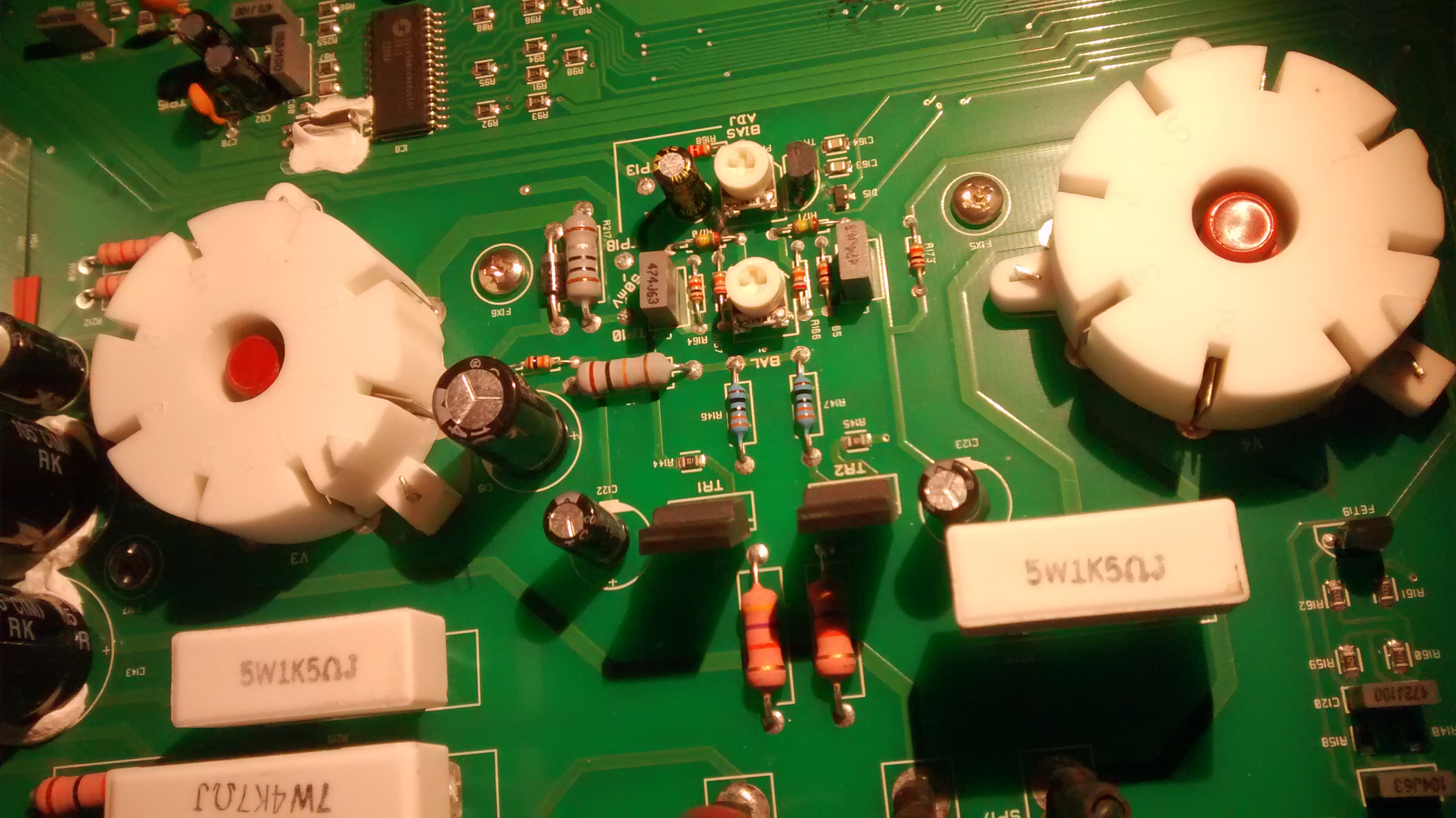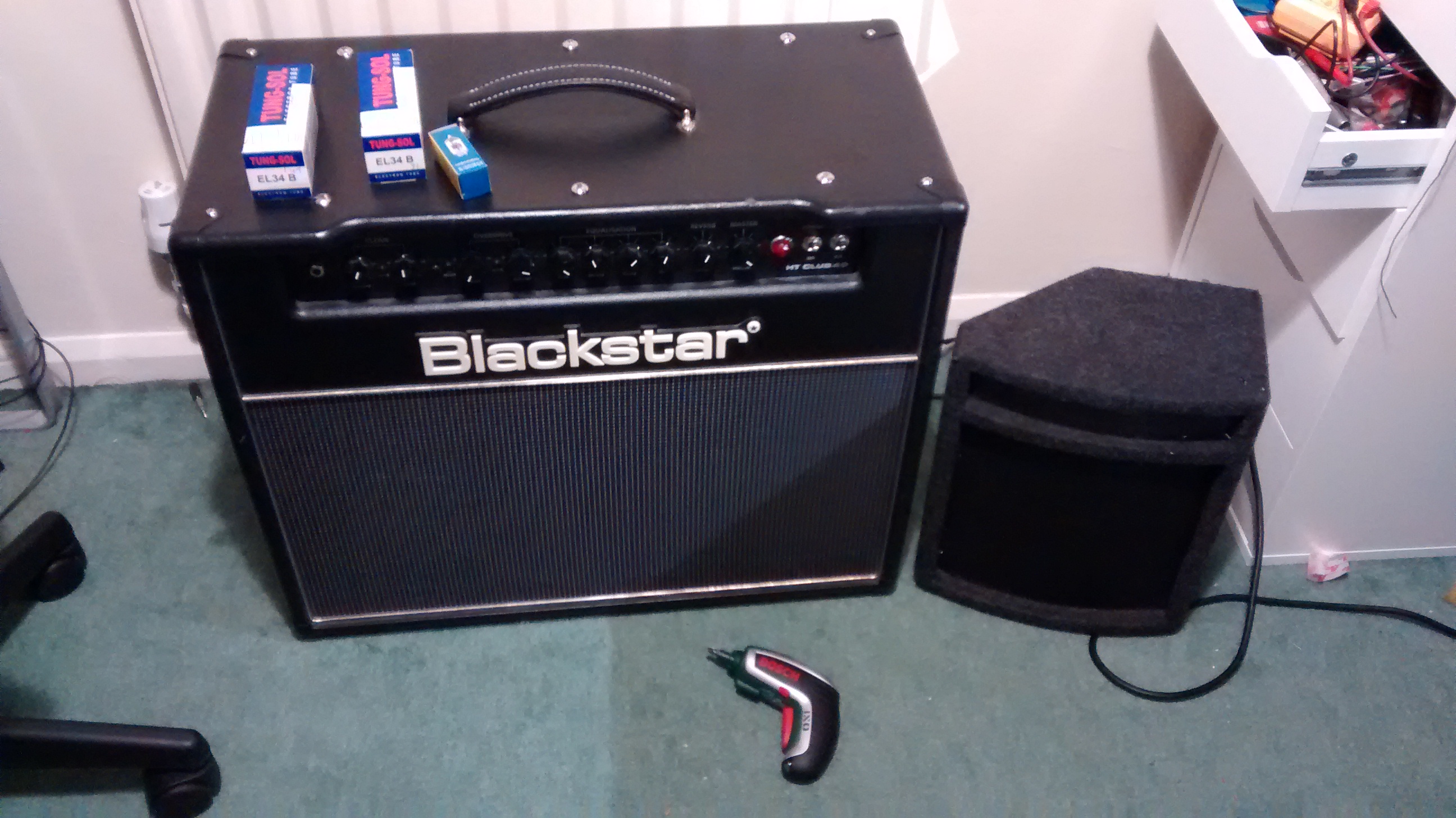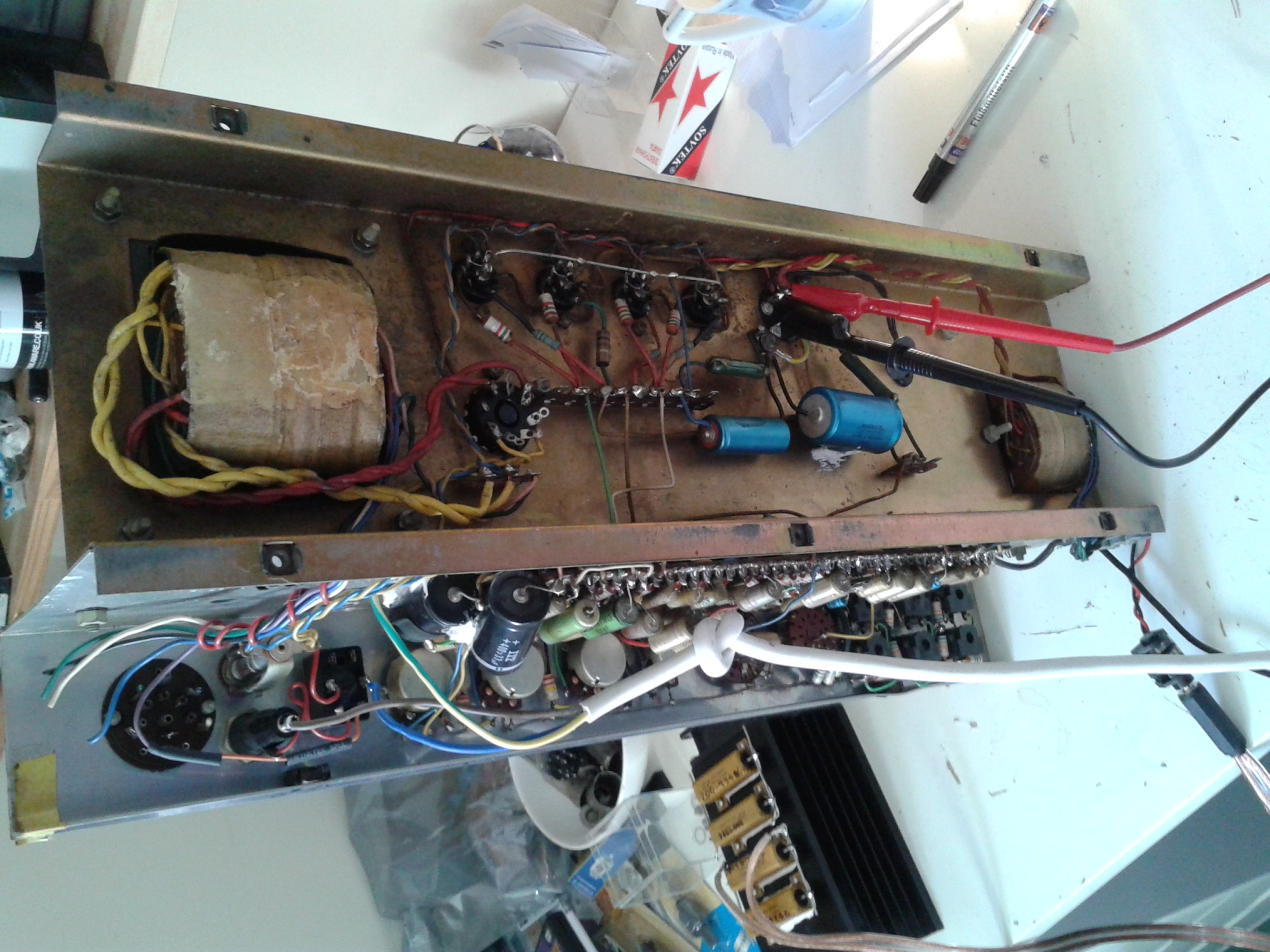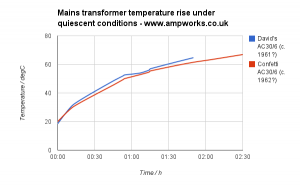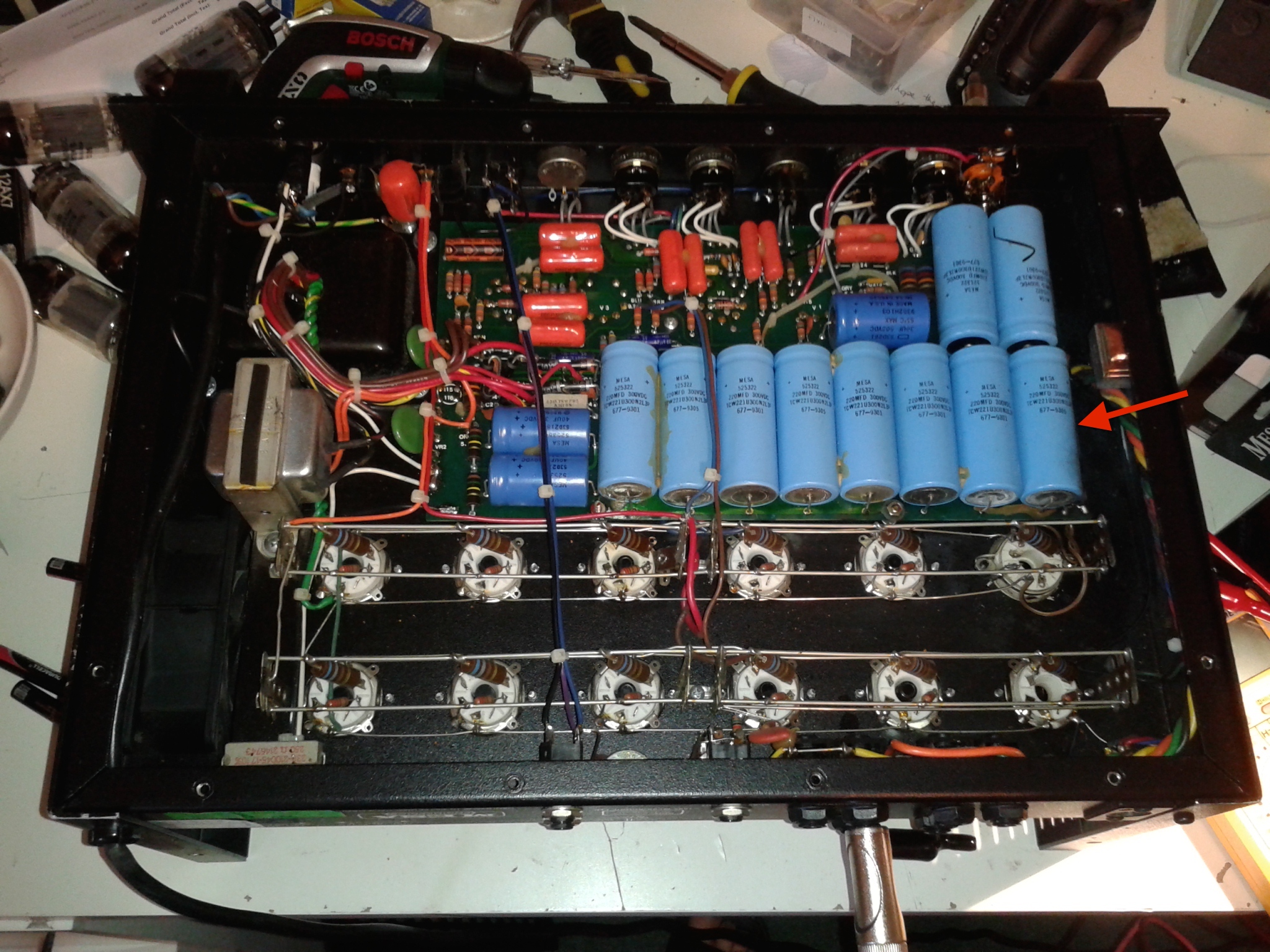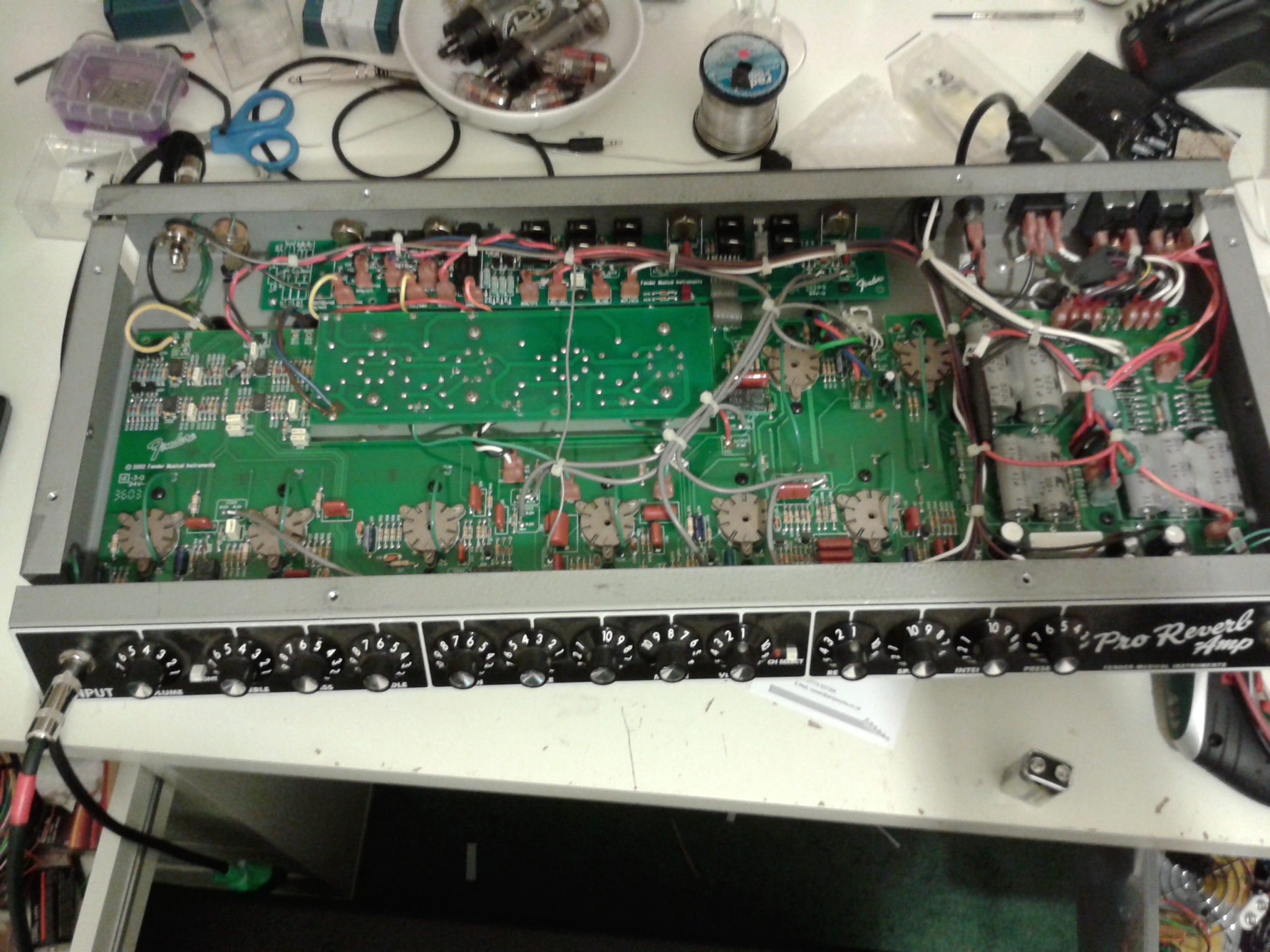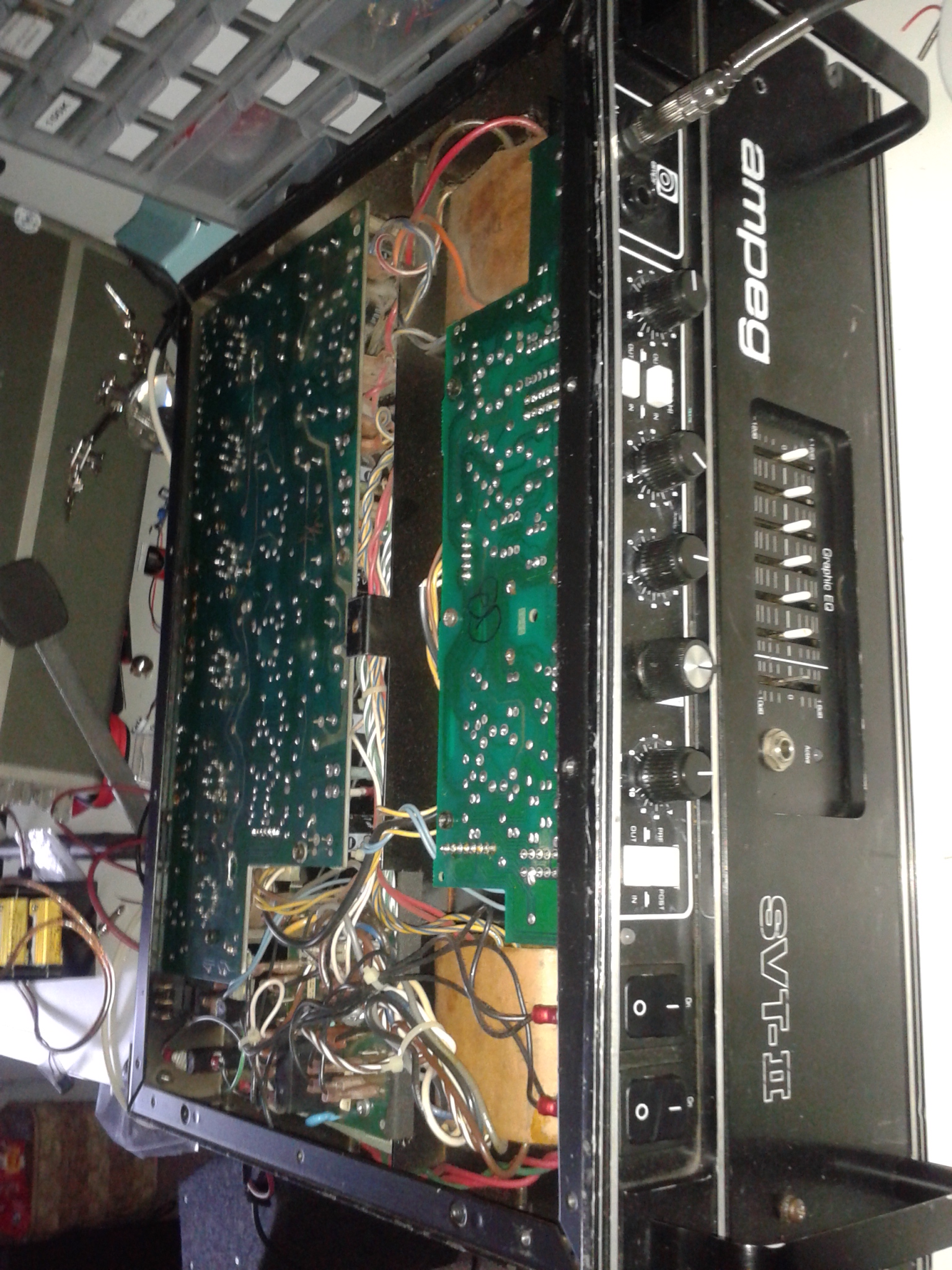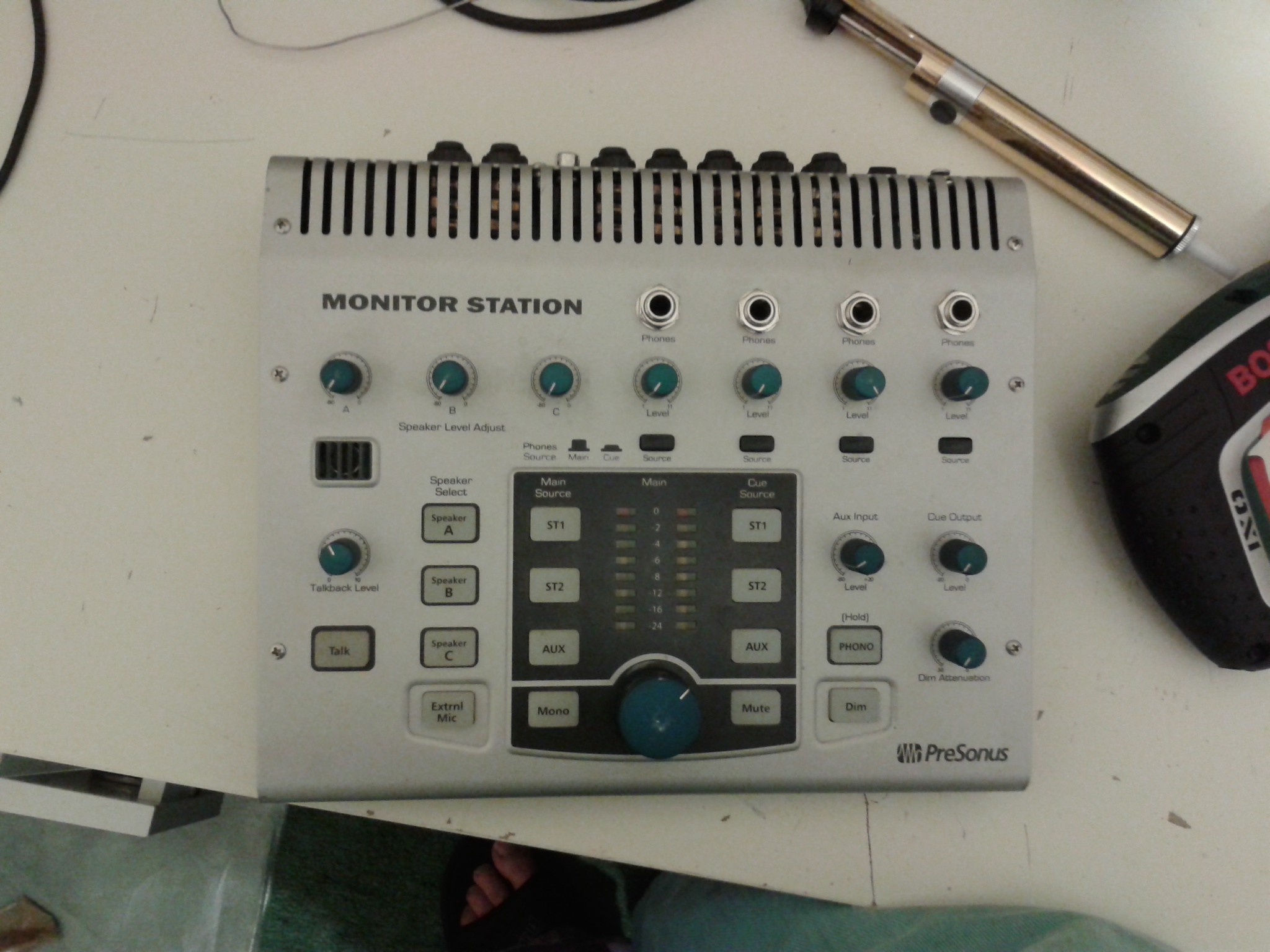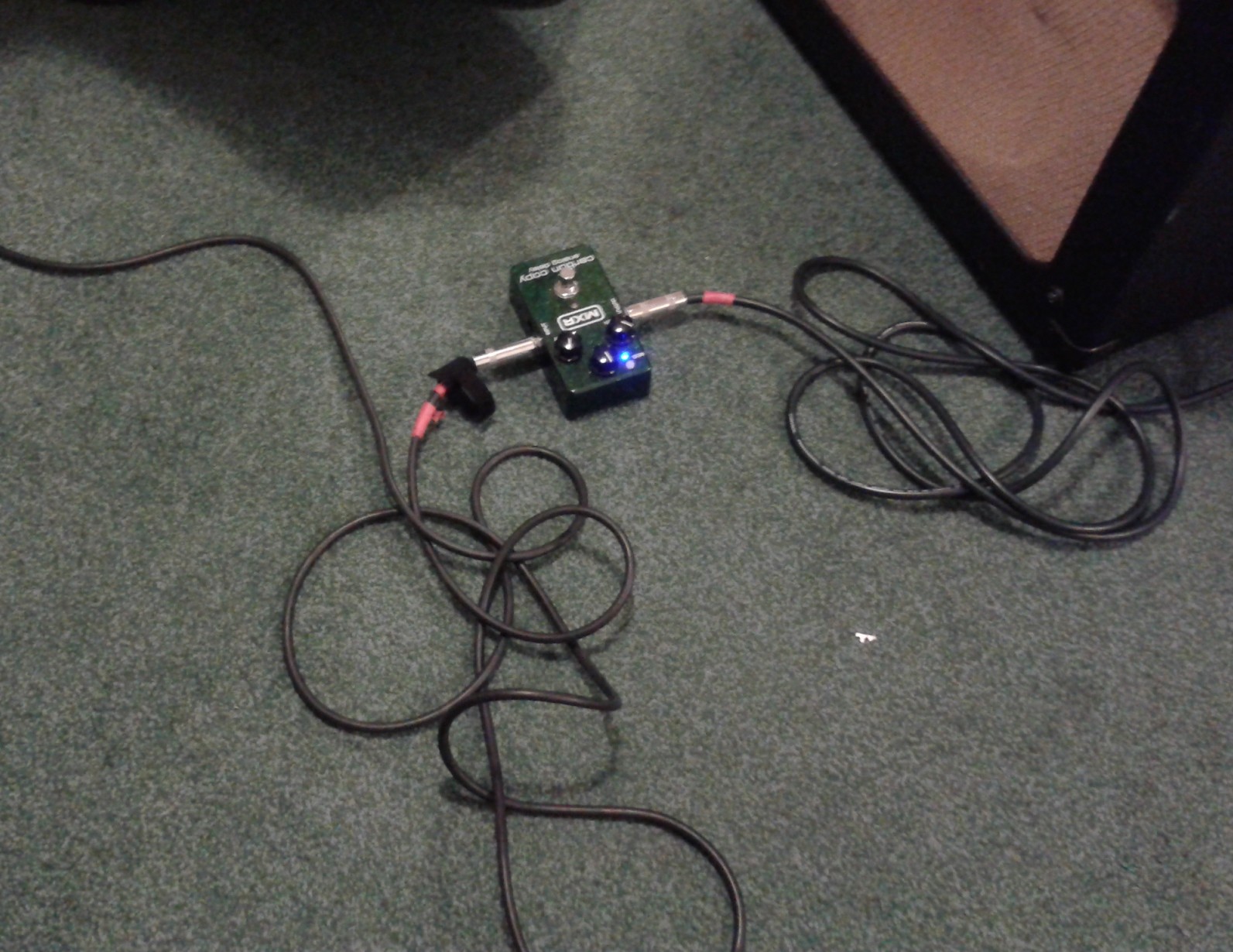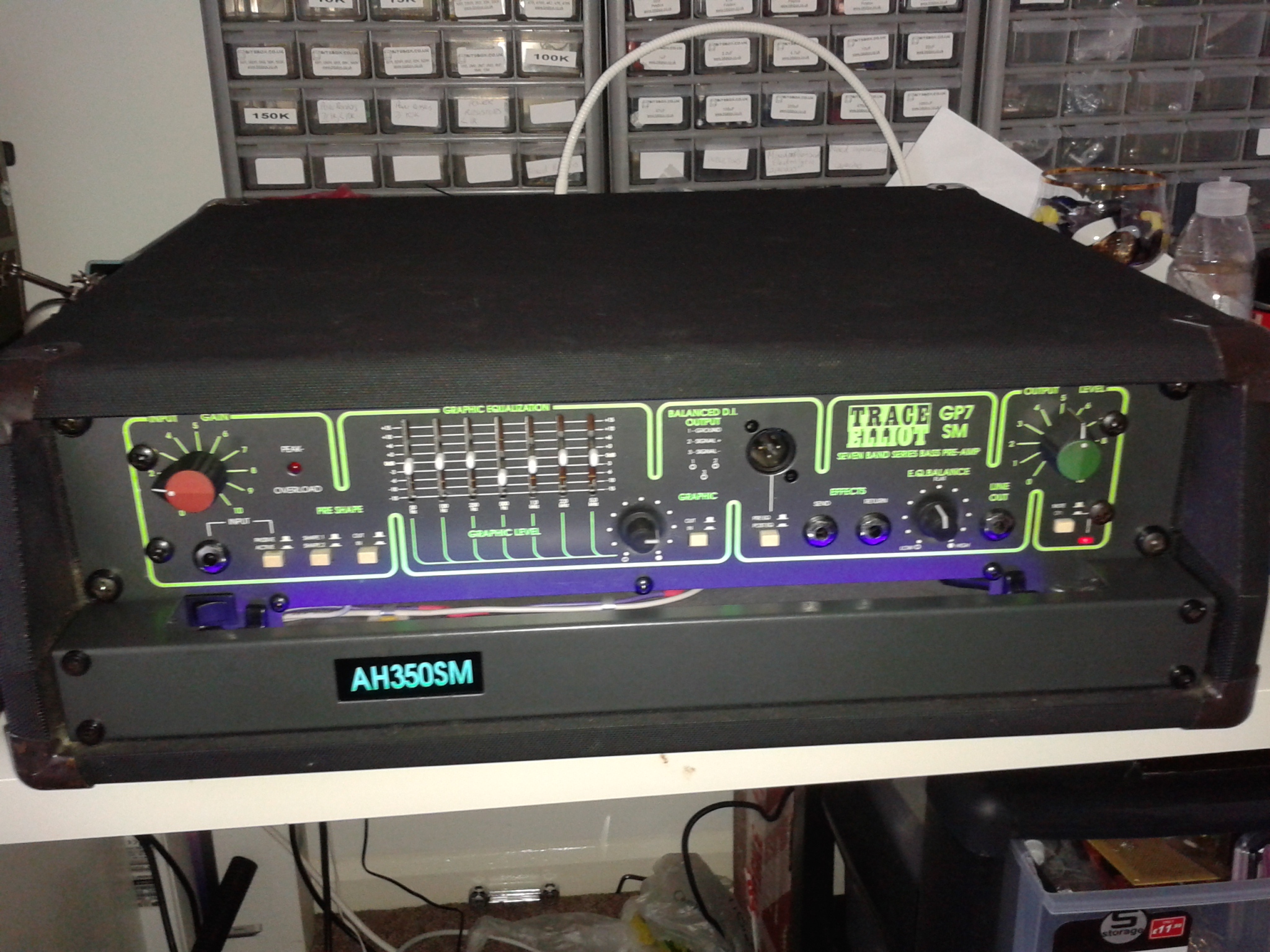Below is an extract from an email conversation with a customer who asked for some impartial advice on a popular ‘mod’. I’ve redacted names, images and product links. I’ve no wish to slander anyone or their products, but I do hope to bring some clarity in a field awash with mis-information. All opinions are my own, if you disagree with something, please do let me know, preferably in a civil manner! Please view this a general piece of advice regarding amp modification, rather than a specific commentary upon this product.
BS stands for ‘bad science’. If you thought otherwise then my apologies, OK? 🙂
Hi Mike,I’ve just commented on the various claims, referencing these photos. There’s a few interesting potential benefits, […] I’ve gone into quite a bit of detail, so I might pop this on my blog so others can find it. 🙂
My modification rule of thumb is that anything that makes less difference than a new set of guitar strings is pointless. I’d say there are two component changes here that may pass that criteria. Firstly, the bias mod will make a noticeable difference, that you may or may not like. If the designer used C7 to shape the amp’s tone, which is likely from the component position, then removing C7 will bring the biggest tonal change to the whole amp. The boutique components are probably BS. 🙁
[image removed, the following italic text is pasted from the seller’s description, my comments are in colour]
CLAIM: Swapping the valves for a full set of new JJ Electronic ECC83S and EL84
AMPWORKS COMMENT: New valves can of course make a difference, you can try this yourself by buying new valves from a reputable supplier (such as me!) Valve changes generally make less difference than a new set of strings. 🙂
CLAIM: The cheap push-on heater connectors were dropping too much voltage between the transformer heater wiring and the V3 heater pins.
COMMENT: Probably BS. It’s feasible that the connector contact resistance may drop voltage and hard wired connections are more reliable, but the sensible approach is to replace only if a valve heater actually stops working (maybe after contact oxidation from storage in a damp garage). This will have no effect upon sound.
CLAIM: The rubbish heater connectors are removed and the valve heater circuit wiring is completely hard wired. Wire dress was particularly poor.
COMMENT: This means that the heater connections (yellow and black in the photo) weren’t tightly twisted at the factory. Heaters can be a source of hum, twisting the wires reduces the magnetic field created by the high current in the wires. If you have a problem with hum (with no guitar plugged in) then this is useful. If no hum problem, no point!
CLAIM: Bias was set too high. Output tube bias is corrected to produce maximum power output.
COMMENT: OK, this is not BS. The tiny terror is cathode biased (meaning it self biases (see my blog page on bias here). But the designers have chosen to set this self bias point quite hot. Because valves are non linear this does make a difference to the sound the amp produces. Whether it’s a change you’ll like is another question. The output stage will be louder and cleaner. You’ll hear the difference more if you play it pretty loud.
CLAIM: Preamp voltages were OK in 15W mode, but a bit on the low side in 7W mode.
COMMENT: Probably BS. This means nothing without context. There’s no such thing as an ‘OK’ or a ‘bad’ preamp voltage, unless the valve is pushed outside of it’s performance limits.
CLAIM: Components were ordinary commercial grade, nothing special. Critical components in the signal path are upgraded to boutique grade items, including:
-
Mallory 150M Series capacitors, silver mica capacitors
- COMMENT: Someday I’ll do a proper scientific comparison of the ’boutique’ cap brands, I’ll try and remember to let you know, I personally suspect that any change will be very VERY subtle. 🙂 What’s MUCH more interesting is that on his photographs he’s actually removed C7 completely. This is likely to have a MUCH MUCH bigger effect than any brand change. C7 is between the guitar input and the first valve. It looks like that cap was originally connected in series so removing it will change the low end response (assuming the frequency corner was previously set to over 80ish Hz).
-
carbon composition resistors, for a more authentic vintage valve sound.
- COMMENT: This is an interesting topic investigated quite thoroughly by RG Keen here. . His conclusions show that there may be some extra distortion created by these resistors that guitarists like. However they have to be used properly, not just replaced as a matter of course. RG recommends that they be replaced every few years as they may become unreliable when used in this way. Carbon comp resistors are generally noisier (hissy) than metal film equivalents.

